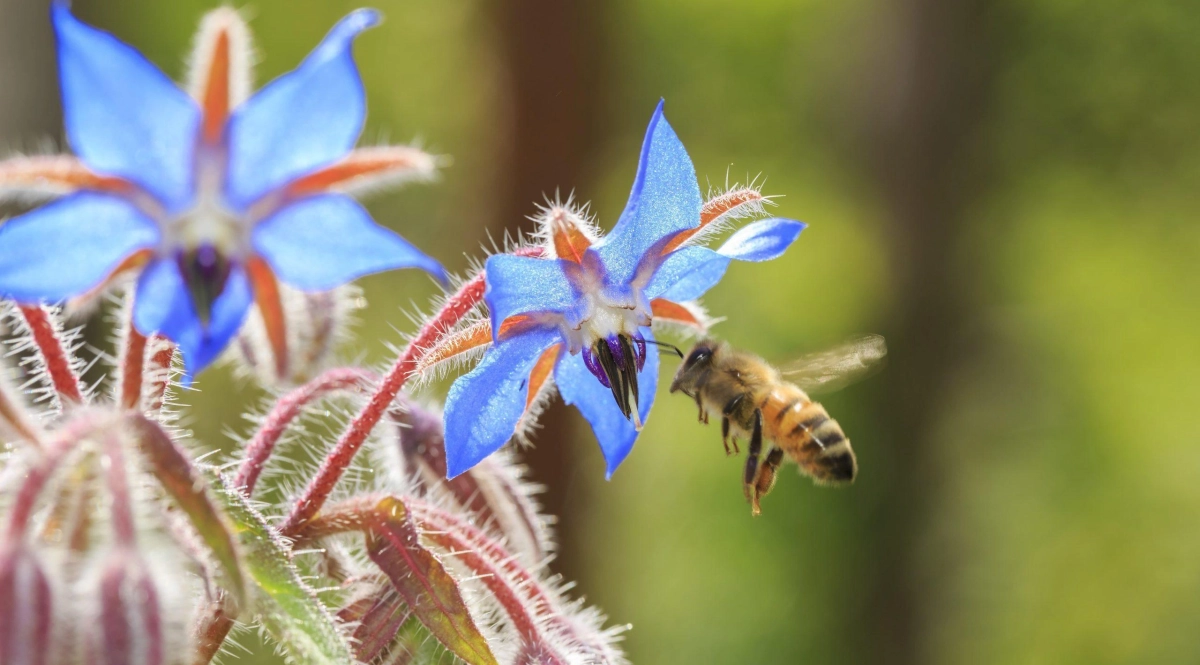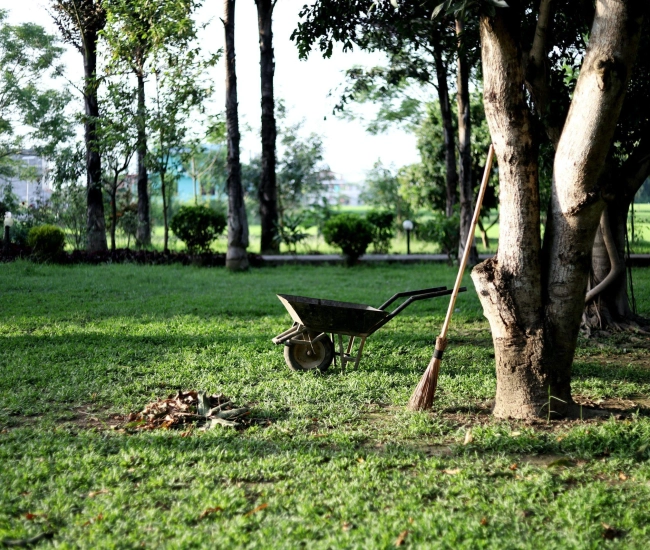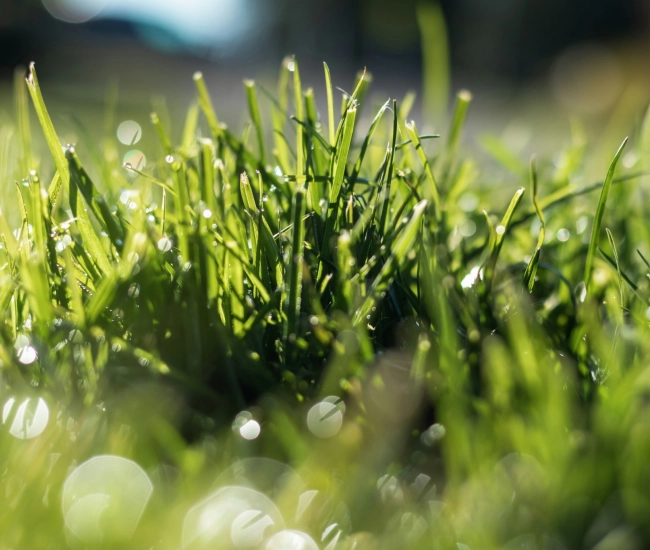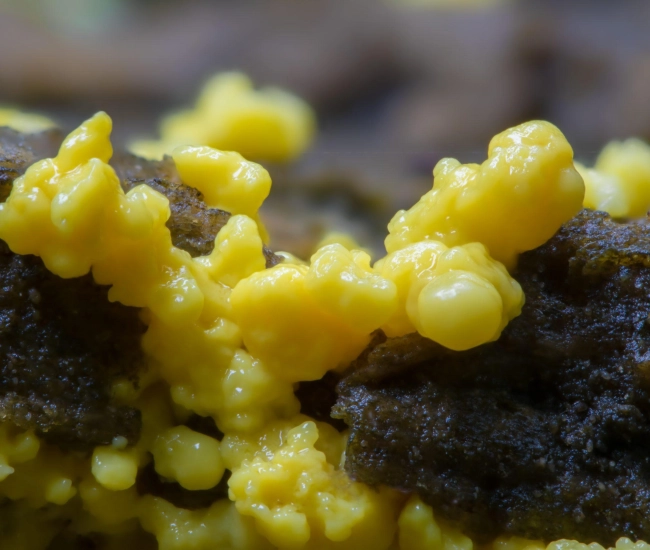
Bees, wasps, horseflies, bumblebees, and other pollinating insects play an essential role in agriculture. Without them, many plant species could no longer reproduce naturally, which would put entire populations at risk of food insecurity. In recent years, their decline has been observed worldwide. This situation is concerning, and many are questioning how to reverse the trend or at least slow it down. Everyone can do their part to help these precious pollinators, here are some tips for creating a pollinator-friendly garden.
Grow fruit trees and shrubs
What is THE harbinger of the beautiful days to come? It is certainly the massive and magnificent flowering of fruit trees. The clouds of white, pink, and purple flowers that envelop apple trees, pear trees, cherry trees, and other fruit trees, perfuming the air with their sweet scents, are not only beautiful to behold, but they are also very attractive to pollinators who feed on them. Then, flitting from tree to tree, they unknowingly ensure the reproduction of these species, which will give us delicious fruits to savor.
An excellent way to create a bee-friendly garden is to plant nourishing trees and shrubs. Moreover, you can enjoy the fruits of your labor at the end of summer, much to the delight of your taste buds! It's a win-win for everyone.

Successive blooms
To attract pollinators and allow them to feed, as they are not only active in the spring, plant vegetation that ensures blooms throughout the season. Choose perennials that bloom early in the spring, followed by others that will offer their flowers until autumn. Punctuate your arrangements with colorful annual flowers that also attract insects.
Some honey-producing or nectar-producing varieties are even more interesting for pollinators. This is the case with vervains, wild bergamot, and coneflowers. Don't forget the monarch butterflies by planting some native milkweeds; they too have an important role to play in pollination.

Avoid pesticides as much as possible
Some insects are less welcome than pollinators and can cause significant damage to your plants when they make an appearance. If possible, avoid using pesticides or make wise choices by opting for natural products or those that do not impact other species. The advisors at your local Passion Jardins garden center can offer ecological alternatives to help protect your plants without harming pollinators.
No Mow May
In recent years, the No Mow May movement has been gaining momentum. Homeowners are encouraged not to mow their lawns during May to allow pollinators to enjoy dandelion pollen. Although the goal is noble, not mowing the lawn for the entire month of May can have consequences, especially in urban areas where many trees are in full bloom during the same period.

Initially, this initiative aimed more at delaying the mowing of the lawn rather than eliminating it completely for a whole month. The grass could reach 30 cm in height during this period, and mowing would become arduous and require more specialized equipment. Spacing out mowings too much or mowing too large a portion of the grass at once can shock it and cause it to lose density, making it vulnerable to insects and diseases. Delaying mowing by a few days or weeks if possible, mowing different sections of the lawn alternately, and especially raising your mower blades to at least 8 cm will be more effective, both for pollinators and your lawn.
You can also choose to leave a grassy part of your yard completely unmaintained to transform it into a meadow where different species of native flowers will establish themselves by colonizing traditional grasses. However, transforming your lawn into a meadow for just one month may not be as effective a solution as one might think.
We all have a role to play in protecting pollinators, just as we do in protecting the entire planet. Let's garden smartly and, above all, a lot!
Tips and advice



